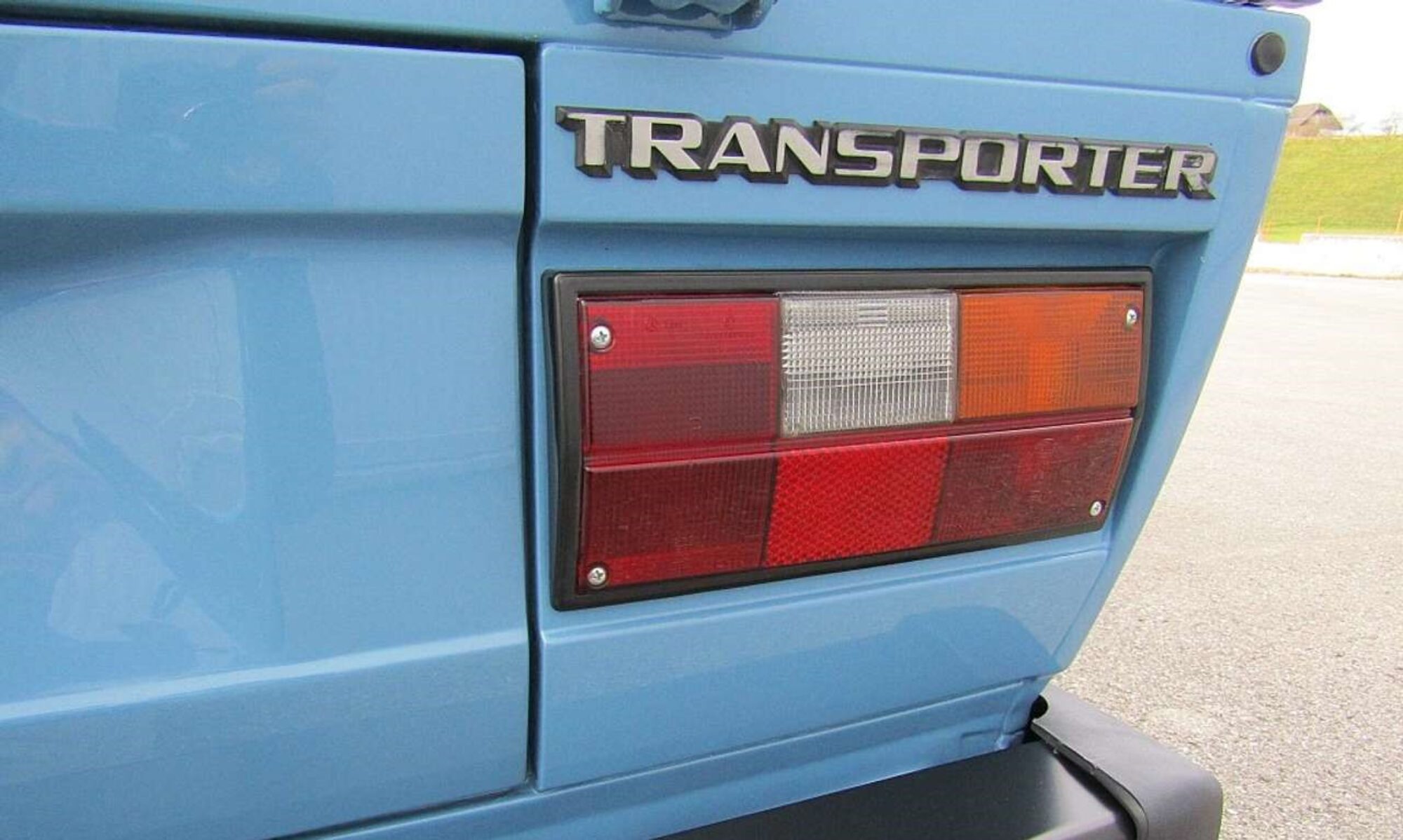As mentioned, I intend to add a decoupler to the 4WD system (center knob on the Syncro control panel).This is a pneumatically controlled device that disconnects the front drive shaft from the transmission and allows the van to be driven regularly as a 2WD vehicle. VW shipped all their US-bound Syncro Vanagons with a “viscous coupler” and full-time 4WD. The viscous coupler is a device located in the front differential housing that is driven by the center driveshaft. It is a wheel slip sensing mechanism that contains some rotating plates somewhat akin to clutch plates and a fluid that hardens as it increases in temperature. If the front wheels slip, the fluid hardens and the 4WD system applies more torque to the front drive system. As slip decreases, the temperature of the fluid decreases and the system reduces the application of torque to the front wheels. It is a really cool concept and, one that, works pretty well until it fails. When that occurs, the drive train is under significant stress from operating with little to no slip between the front and rear axles. This is fine in a straight line, but quite bad when attempting to turn as the axles need to run in different arc paths/speeds and cannot do so. Besides the failure issues, there is an advantage to having 2WD/4WD control in terms of economy. Furthermore, I’m a fan of manual controls. What’s cool about the Syncro control system is that it can be operated at speed without having to slow or stop, provided you’re traveling in a straight line. Pull the knob for 4WD, push it in for 2WD, simple. GoWesty needs my non-decoupler nose cone as a core for a future decoupler, so I removed it for them.

Non Decoupler Nose Cone

Nose Cone Removed
After all that has been done so far, there was still more parts left on the van that needed to be removed. I’d left the van-length coolant pipes and the main wiring harness still in, so those all needed to come out. The coolant pipes are different on the Syncro (I’m sensing a theme here) and I’ve purchased stainless steel replacements from GoWesty. The wiring harness is meant to be swapped with the manual transmission version, which I’d already wired in at the fuse box/dash end. I also removed the LP(propane) tank to prep and repaint it, too.
With all these parts out of the way, I proceeded to weld in the center crossmember and the fuel tank saddle. The center crossmember is welded directly to the underside of the van’s metal floor and, in a Westfalia, there is a plywood floor with a plastic laminate mounted to this metal floor. Knowing the plywood and welding wouldn’t mix, I had to remove the back seat cabinet/base, unscrew and break free the floor’s glue from the metal subfloor. I didn’t want to remove all the cabinetry to fully remove the floor, so I simply lifted it high enough to clear the subfloor, while keeping it held it up with a tool.

Center Crossmember Tack Welded in Place
After the floor had cooled, I laid down fresh adhesive, screwed the floor back down and put some heavy objects on it. Once I had gotten that done, I was thinking that was it for the welding, other than the front mounting plates for the subframe. Then I remembered the battery boxes needed modifying. These vans have two battery boxes, one under each front seat, and they protrude into the wheel wells. The Syncro has the outside corner nipped off and a triangular plate is welded on. This is done for tire clearance.
The transmission on the Syncro mounts differently than the 2WD vans, as the nose of the transmission has a driveshaft that has to be connected to it. There are two mounts that hang on either side of the transmission and each mount is attached to the rear crossmember via three threaed holes that don’t exist on the 2WD. I’d made a little template out of file folder, carefully transferring the hole locations to it from the donor. The template simply bolts up to the van using the original 2WD mount holes that happen to exist on both the 2WD and the 4WD. I plan to use rivet nuts to provide the threaded portion of the holes. At this stage, I just drilled the pilot holes in preparation.
Since removing the parts from earlier in the day exposed more of the undercarriage, I scraped and brushed these spots to prep for the Raptor coat. I also cleaned the remaining wiring harnesses, AC lines and firewall, as they were pretty grubby.
Day Four complete!




You must be logged in to post a comment.